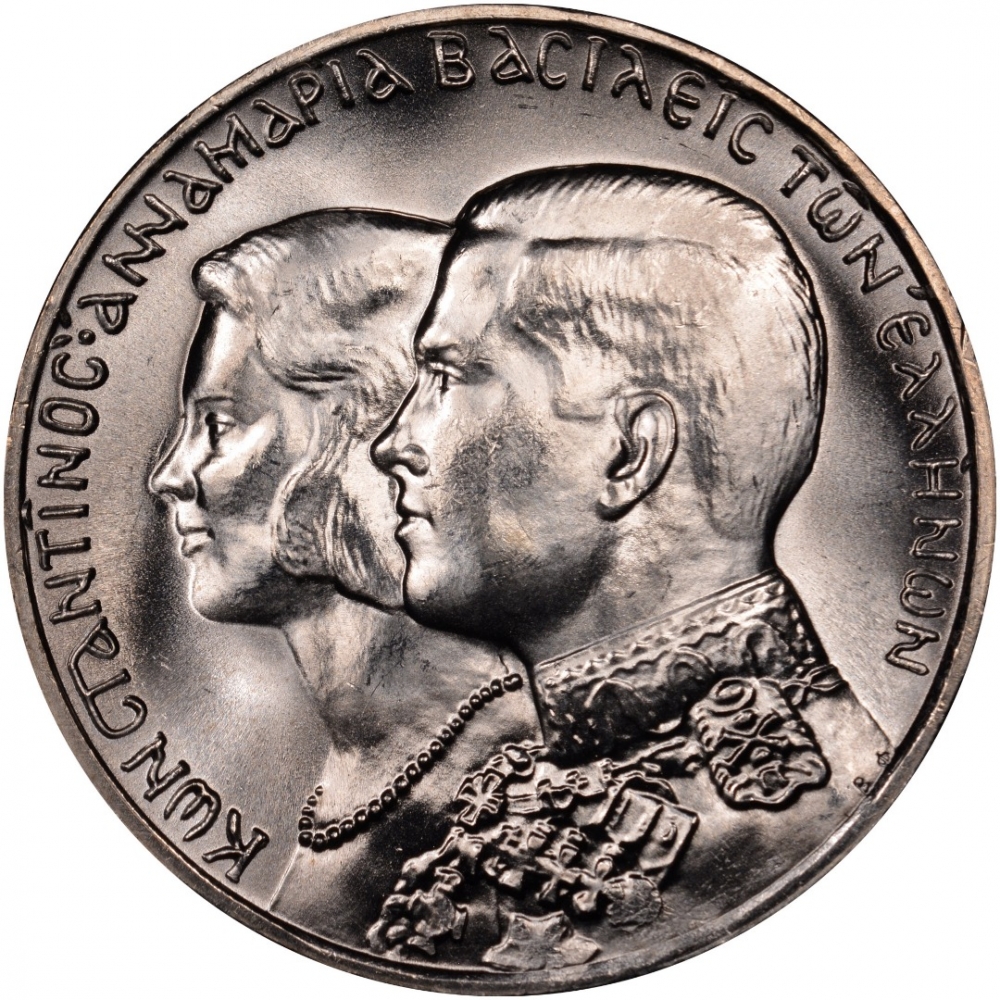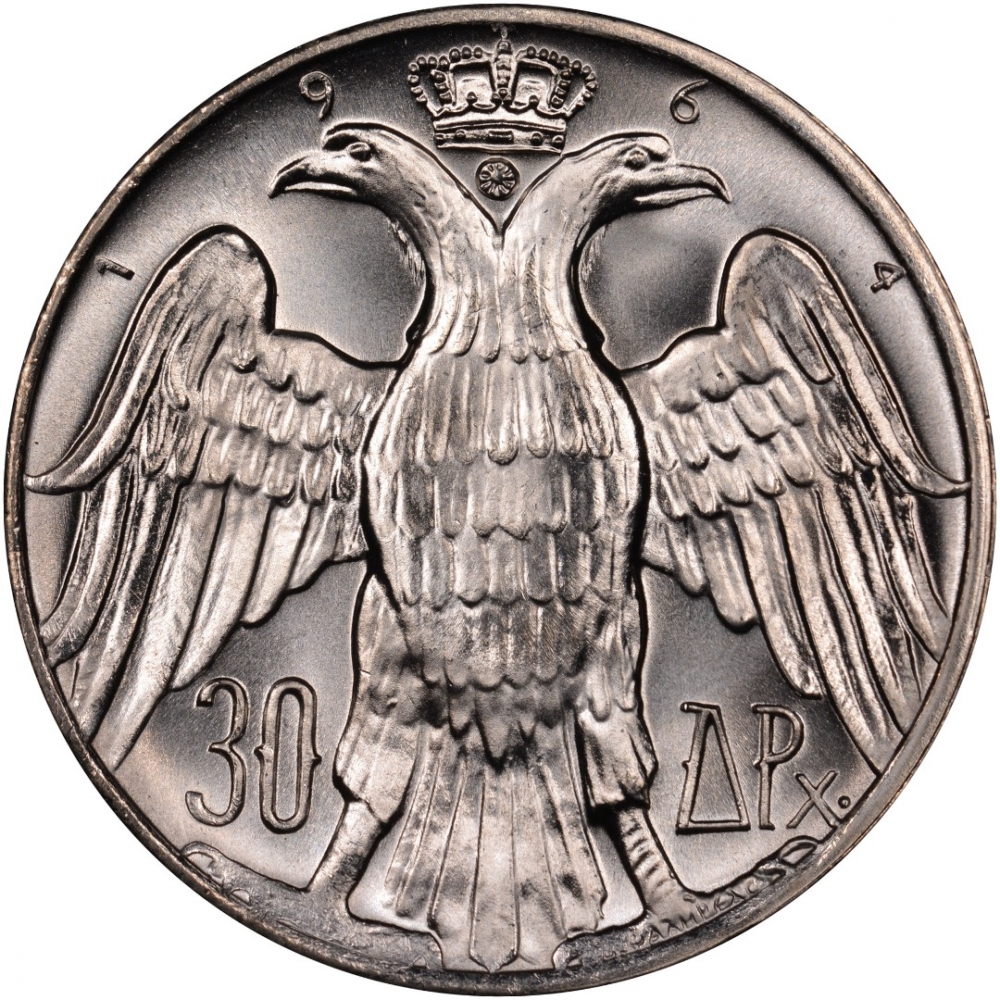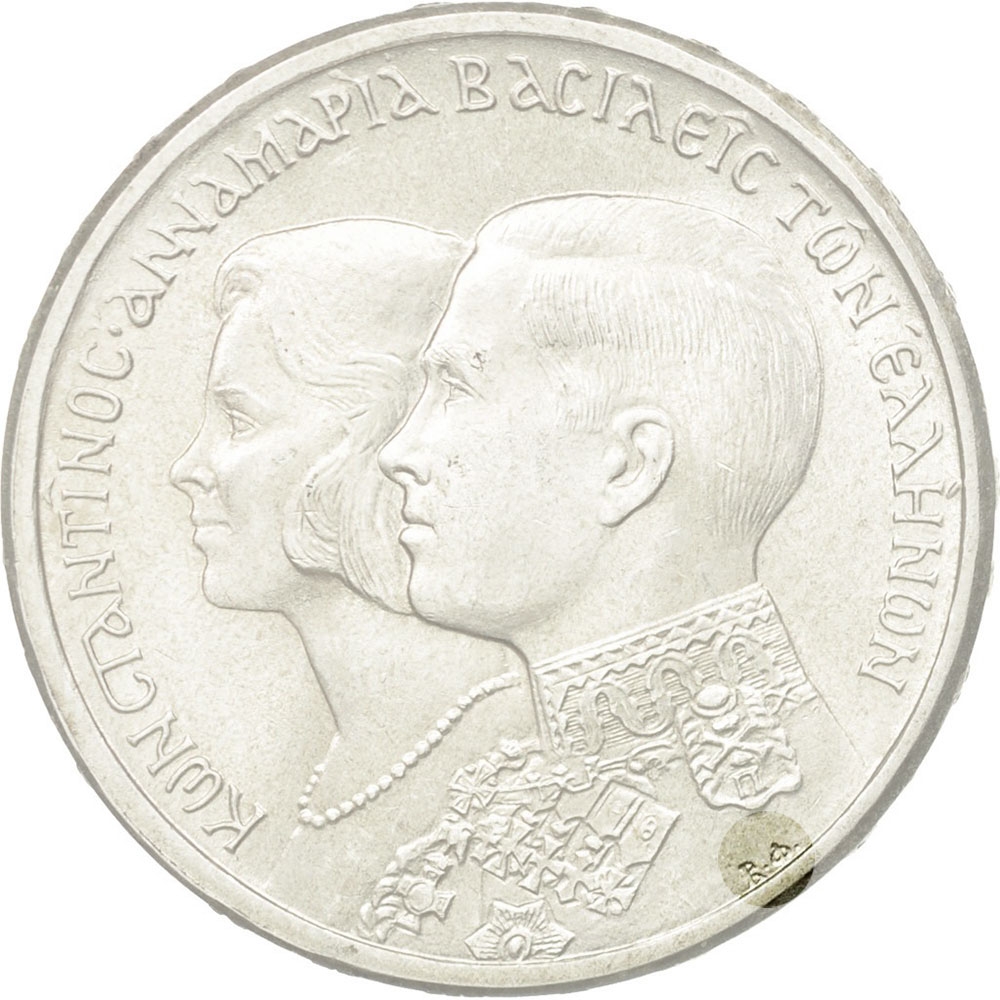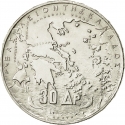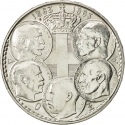You are about to finish your registration. Please check your mailbox (including spam folder). There should be a letter with a confirmation link. Check setting to make sure that your e-mail address is correct.
Send letter againDescription
King Constantine II and Queen Anne Marie of Greece got married on 18 September 1964. Princess Anne Marie of Denmark was just 13 when she met the then Crown Prince of Greece. Two years later, the couple had fallen in love and gotten engaged, marrying just weeks after her 18th Birthday and a few months after his accession to the throne. The couple have five children and ruled Greece for only three years before spending over 40 years in exile.
Obverse

|
A profile portrait of Queen Anne-Marie partially covered by a profile portrait of King Constantine II, both facing to the left, surrounded by the inscription "Constantine Anne Marie Kings of Greece". ΚΩΝϹΤΑΝΤῖNOϹ · ἌΝΝΑ ΜΑΡΙΑ ΒΑϹΙΛΕῖϹ ΤῶΝ ἙΛΛΉΝΩΝ |
|---|---|
Reverse

|
Crowned double-headed eagle and denomination. 1964 |
| Edge |
The motto of the dynasty: People's love, my strength Ι Σ Χ Υ Σ Μ Ο Υ Η Α Γ Α Π Η Τ Ο Υ Λ Α Ο Υ |
